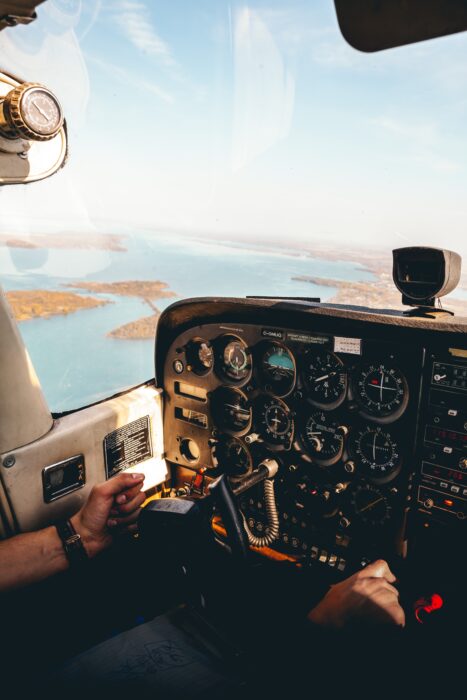Growth of the U.S. Airline Industry
Airline Industry
Growth of the U.S. Airline Industry
In the wake of the rebound from the global economic crisis, one of the many areas that have seen a regrowth is the global airline industry. The U.S. airline industry is leading this regrowth, showing the biggest increases among airline industries around the world. This has, in turn, created greater demand, and has resulted in greater profits as well for U.S. airline companies as more flights are leaving runways on a regular basis.
Why Has the Rebound Been So Great?
Three major factors have led to the rebound, and will be counted on for further growth in the sector.
- More People Travelling: The key factor to growth is clearly more passengers taking to the air, and there has certainly been an ongoing rise in that area. From increasing business travel, to more families willing and able to use airlines for vacationing, there has been a steady rise. This spring, for example, it is expected that the number of passengers will be up roughly 2.8% over last year. This is seen as small but sustainable growth.
- Lower Fuel Prices: From 2014 to 2015, the average cost for one gallon of jet fuel dropped by nearly one dollar. Various airlines have used this to their advantages, in differing ways. Some, like the growing low-cost airline Spirit, have used it to pass savings on to the passengers and get more seats sold. Others have reinvested the savings into better equipment, improved training, share buybacks, and other business areas.
- Better Business Strategy: The industry has evolved greatly over the years, particularly with the development of low cost airlines and the growth and development of new routes that has not been used before. Airlines have also invested in larger yet more fuel-efficient aircrafts, while developing how they manage cargo and passengers, in order to further streamline operations and either save money, or increase earnings.
One side effect of this industry growth is that planes are seeing more operational cycles, and will require testing more often – testing that will require tools such as our Tap Hammer testing device, to detect voids, degradation, and delamination in composite structures. With so many people depending on proper testing and readings for their travel safety, we take pride in knowing that we are continually developing and producing the best product to ensure the planes are still in full flying condition. At WichiTech we look forward to providing the equipment for composite repair to a growing airlines industry.













